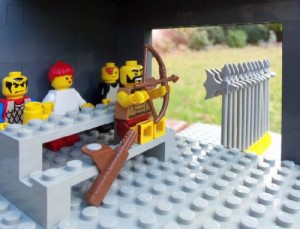Imperfect Notebooks
March 6th, 2015I began to write about the writing and meditation workshop/retreat I took at Kripalu Center last weekend, and realized I might have to edit it into bite-sized chunks. Such an unpleasant word, chunks, no?
I’ll start with the problem I made with which notebook to take with me on the retreat.
My husband asked what notebook I”m going to take because there was a really cool German Leuchtterm one that Warren Ellis tweeted about, here.

Some commenters said it wasn’t good for fountain pens, which I use, because they bleed through the paper of the Leuchtterm. Those commenters instead liked the Rodia large webnotebook at Levenger, here

Ooh, orange, I thought. I love orange. I spent quite a lot of time shopping for journals, time I might otherwise have been reading, writing or keeping house. Eventually, I selflessly decided not to spend $35 or anything at all and I’d just take a regular pad of paper or the current journal I’m writing in and don’t love but it still has space.
Aren’t I a writing-retreat martyr, and selfless and frugal to boot?
Snerk.
But then I had a writing date at Barnes & Noble and thought I’d just take a quick peek at the journals and see if that had the one I’d passed on a couple times with the leather cover and labyrinth pattern. They didn’t, but while I “just peeked” I saw a super pretty one with green plaid.
I LOVE PLAID! I thought. IS THIS A SIGN?
Then, I saw the cherry blossom one, and I had to grab a stool to reach up and get it and oh, my, it was lovely with a leather cover made in Italy, and cherry blossoms which I love EVEN MORE THAN PLAID and that MUST certainly be a sign, right?

I showed my friends, who said to buy it, and emailed my husband asking if he thought it was OK if I buy it for my birthday and he said:
“If you must.”
which of course means no, but I was going to do it anyway and my friends said, do it! You’re going on a retreat! Plus, I felt he was just being snarky because he wanted me to buy that one that Warren Ellis recommended.
On the way out of the store, something unexpected happened. I put the cherry blossoms back on the self, said goodbye and maybe someday but not that day, and walked out.
Once again I felt very proud and selfless and frugal. When I got home, my husband was not nearly impressed enough by my self sacrifice. He never is.
The next day I spelunked in the house and my office for what paper/notebooks I already had that would work beyond the one I’d already thought of. You know, just in case I had another.
I found eight. EIGHT. One unopened one would have been perfect, but instead I took another I was midway through, and didn’t take my fancy fountain pen, and just a cheap Field Notes ball point, and guess what?
IT WORKED OUT GREAT.
You totally guessed that, didn’t you? So did the retreat. But more on that later.
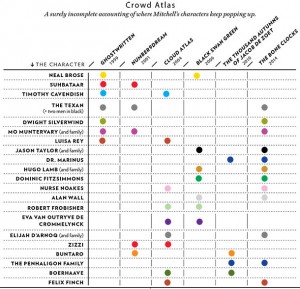
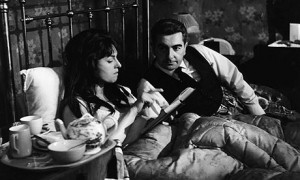
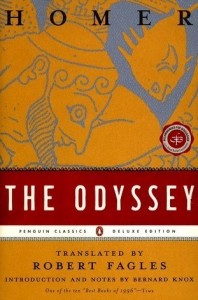
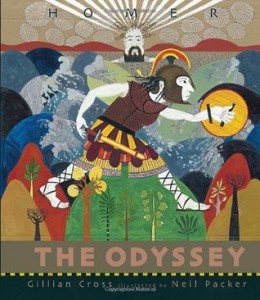
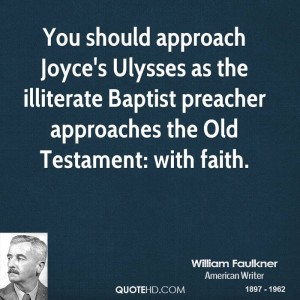
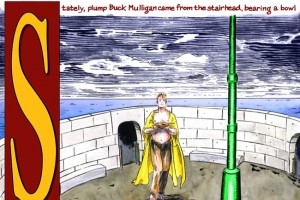 from
from 